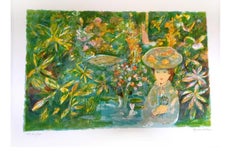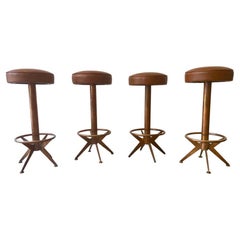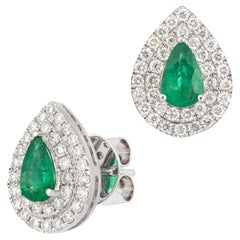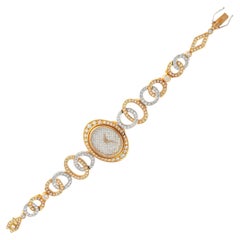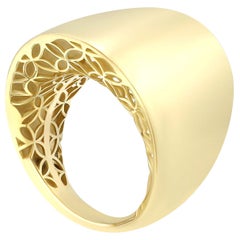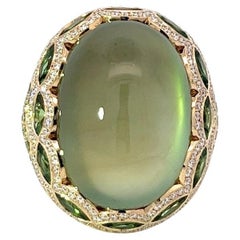Geneva
1960s Post-Impressionist Geneva
Lithograph
1950s European Vintage Geneva
Copper
21st Century and Contemporary Modern Geneva
White Gold
1970s Swiss Vintage Geneva
Diamond, 18k Gold, White Gold, Yellow Gold
2010s Geneva
14k Gold, Yellow Gold
2010s Geneva
Diamond, 18k Gold, Yellow Gold
1930s Modern Geneva
Lithograph
1890s Ukrainian Antique Geneva
Diamond, 14k Gold, Silver, Gold
Mid-20th Century Art Nouveau Geneva
Turquoise, 18k Gold, Yellow Gold
2010s Geneva
Diamond, Amethyst, Tourmaline, 18k Gold, Rose Gold
21st Century and Contemporary Swiss Modern Geneva
Pink Sapphire, Tanzanite, Emerald, Diamond, 18k Gold, White Gold, Gold
1950s Abstract Expressionist Geneva
Stencil
Late 20th Century Neo-Expressionist Geneva
Oil, Masonite
2010s Geneva
Diamond, Tsavorite, 18k Gold, Yellow Gold
21st Century and Contemporary Swiss Contemporary Geneva
Diamond, Sapphire, 18k Gold, Yellow Gold
21st Century and Contemporary Swiss Contemporary Geneva
Diamond, Black Diamond, 18k Gold, White Gold
1970s Italian Vintage Geneva
Metal
21st Century and Contemporary Modern Geneva
White Gold
1960s Post-Impressionist Geneva
Lithograph
1970s European Vintage Geneva
Brass
21st Century and Contemporary European Contemporary Geneva
Diamond, 18k Gold, White Gold
1990s Abstract Geneva
Granite
21st Century and Contemporary Geneva
Diamond, Ruby, White Gold
21st Century and Contemporary Swiss Modern Geneva
Diamond, Pearl, Sapphire, Pink Sapphire, Gold, 14k Gold, Yellow Gold
2010s Unknown Geneva
Yellow Sapphire
1980s European Retro Vintage Geneva
Diamond, Onyx, 18k Gold, Yellow Gold
1970s Expressionist Geneva
Oil
21st Century and Contemporary Italian Geneva
Early 2000s Italian Geneva
2010s Swiss Modern Geneva
Diamond, Gold, White Gold, 18k Gold
21st Century and Contemporary Swiss Modern Geneva
Diamond, Pink Sapphire, Gold, White Gold
21st Century and Contemporary Aesthetic Movement Geneva
Diamond, Rose Gold
2010s Italian Contemporary Geneva
Diamond, Sapphire, 18k Gold, White Gold
1930s European Art Deco Vintage Geneva
Diamond, Gold, Platinum
1950s Post-War Geneva
Earthenware
21st Century and Contemporary Geneva
White Gold
2010s Swiss Modern Geneva
Pink Sapphire, White Diamond, Diamond, 18k Gold, White Gold, Gold
1980s Surrealist Geneva
Watercolor
21st Century and Contemporary Swiss Modern Geneva
Amethyst, Diamond, Pink Sapphire, 18k Gold
21st Century and Contemporary Swiss Contemporary Geneva
Diamond, Steel
1910s European Belle Époque Vintage Geneva
Diamond, Natural Pearl, Platinum
1960s Modern Geneva
Lithograph
21st Century and Contemporary Geneva
Multi-gemstone, Rose Gold
Mid-20th Century Modern Geneva
Watercolor
2010s Italian Post-Modern Geneva
Marble
1940s European Retro Vintage Geneva
Diamond, Emerald, Ruby, Sapphire, 18k Gold, Yellow Gold
2010s Geneva
Diamond, Opal, Pink Sapphire, Tourmaline, 18k Gold
20th Century Post-War Geneva
Ceramic, Clay, Earthenware, Faience
Late 20th Century French Artisan Geneva
Base Metal
21st Century and Contemporary Swiss Modern Geneva
Diamond, Emerald, Gold, 18k Gold
Late 20th Century Neo-Expressionist Geneva
Masonite, Oil
Late 20th Century Expressionist Geneva
Lithograph
2010s Geneva
Diamond, White Gold
1970s Italian Vintage Geneva
Metal
2010s Geneva
Sapphire, Topaz, Gold, 18k Gold
2010s Swiss Modern Geneva
White Diamond, Diamond, White Gold, 14k Gold, Gold
Late 20th Century Surrealist Geneva
Wood, Oil
1960s Surrealist Geneva
Lithograph
1940s French Art Deco Vintage Geneva
Diamond, Sapphire, Platinum
21st Century and Contemporary Contemporary Geneva
Diamond, 18k Gold, Yellow Gold
